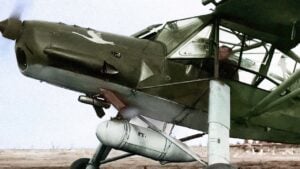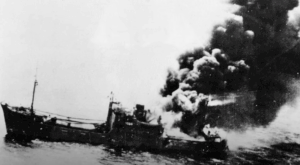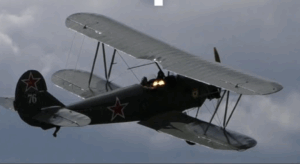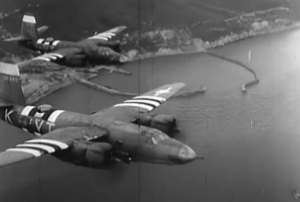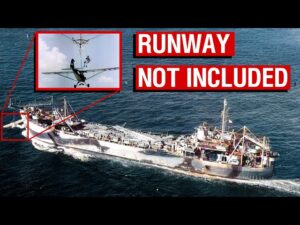US Army Phases Out Helicopters in Favor of Next-Gen Assault Planes

YouTube / Global Military Forum
A Game-Changer for Pacific Warfare
The U.S. Army is preparing to field a revolutionary new aircraft that could reshape its role in the Indo-Pacific: the Future Long Range Assault Aircraft, or FLRAA. Designed to replace the aging UH-60 Black Hawk, this advanced tiltrotor aircraft combines the vertical lift capabilities of a helicopter with the speed and range of an airplane. For the Army—often overshadowed by the Marines in the Pacific—FLRAA marks a bold step toward reasserting its relevance in the region.

The FLRAA, based on Bell’s V-280 Valor prototype, is capable of flying 1,700 nautical miles without refueling and reaching speeds near 300 mph—over 100 mph faster than the Black Hawk. Unlike its tiltrotor predecessor, the V-22 Osprey, FLRAA features a simpler and safer design: the engines remain fixed while only the propellers rotate. The aircraft will also be equipped with advanced digital systems, drone-launching capabilities, and increased survivability for troops flying into contested zones.

This aircraft isn’t just about speed or range—it’s about enabling modern maneuver warfare. The Army’s doctrine has long emphasized movement and firepower, but conventional helicopters limit its ability to operate over vast distances, like those in the Pacific. With FLRAA, soldiers can move quickly between islands, bypass enemy defenses, and arrive behind lines in one period of darkness—something impossible with current equipment.

The Army’s pivot to the Pacific comes amid growing concerns over China’s expanding influence and military reach.
The importance of this shift is not lost on those who remember the Army’s contributions in the Pacific during World War II, when it fought more campaigns there than in any other theater. Modernizing the Army ensures it remains a key player in the joint force, capable of contributing meaningfully in future conflicts.

In short, FLRAA isn’t just a new aircraft—it’s a critical tool to ensure the Army can fight and win in tomorrow’s wars. For a service rooted in movement, range, and decisive action, it’s a long-overdue upgrade.














